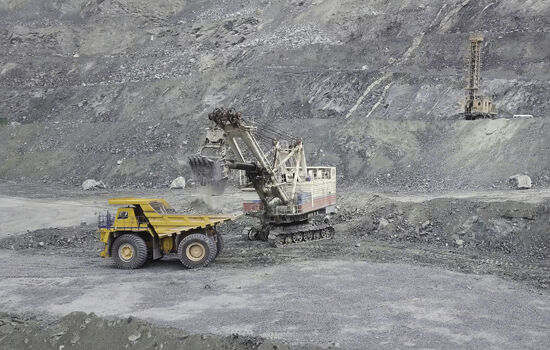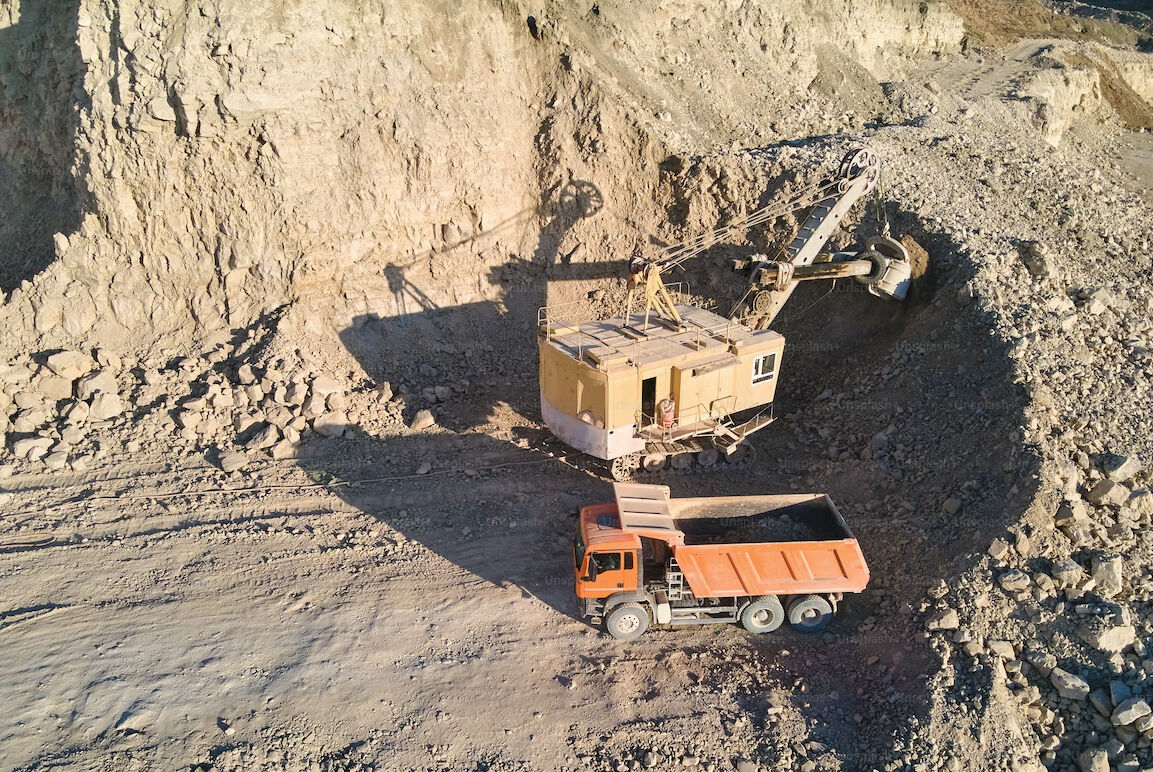By Joel Schroeder, Director of Land Mobile Products, Intelsat, mining operators around the world continue to lean on new technologies and industry-specific applications to optimize and enhance operations, security and safety at mining sites. As this digitization of the industry has progressed, miners have become increasingly dependent on the availability of reliable, always-on high-speed connectivity.

Given that most mining sites are usually in remote, far-flung locations, cellular networks are often not available. If there is a terrestrial network nearby, it is typically not robust or reliable enough to support enterprise-grade communications.
Satellite communications networks, on the other hand, are ideal for supporting the onsite and remote connectivity needs of the mining industry anywhere in the world.
Mining operators are not unfamiliar with satellite communications. Many have been using legacy satellite solutions, like VSAT and lower-bandwidth mobile satellite solutions, as either a first-line or backup communications option. Those solutions each have limitations.
Today, more advanced high-throughput mobile satellite services have emerged to provide mining operators with the ubiquitous, bandwidth-rich connectivity needed to support operations at the mining site itself and on the move.
Delivering immediate and robust connectivity at the exploration site
As exploration gets underway, teams at the mining site need to be able to quickly establish a temporary office with enough bandwidth to support basic communication, data transfer, video streaming and specialized applications that support business continuity. In cases where the exploration sites can be accessed only for a limited period, the ability to quickly deploy a portable connectivity solution is even more pronounced. Comms-on-the-Pause (COTP) satellite connectivity enables exploration teams to quickly establish a satellite-powered Wi-Fi hotspot capable of supporting critical business functions without the involvement of a technical specialist and without relying on the presence of a terrestrial network.

Enhancing worker safety and protecting assets on the move
The safety and welfare of remote mining crews are always of paramount concern for mining companies. Moving workers back and forth from living quarters to the mine location can be a dangerous proposition, requiring travel through desolated and non-populated areas. Mining vehicles can now be equipped with satellite connectivity to enhance both safety and worker welfare during these difficult journeys. At the same time, workers can access high-quality Wi-Fi on their personal devices for messaging and keeping in touch with loved ones. Additionally, with comms-on-the-move capabilities, management can track vehicle movement, monitor driving habits, collect telematics that might signal the need for maintenance and respond more urgently should an issue arise.
Optimizing operations via autonomous and remote management
Mining companies continue to prioritize and increase investment in automation and virtualization. Without the presence of high-speed, ubiquitous connectivity, however, the automation of remote mining is simply not possible. With high-throughput satellite connectivity embedded directly into excavators, mining trucks, trains and conveyer belts, mining operators can have constant control of any vehicle or piece of equipment that can be operated remotely or autonomously. This significantly reduces costs, increases efficiency and improves worker safety.
A recent Harbor Research survey of mining industry professionals found that deterrents to satellite adoption were driven by perceptions around network setup complexity, bandwidth costs and latency issues. Today’s modern mobile satellite networks remove these obstacles, offering the portability, ease of use and cost efficiency today’s modern mining professionals require to elevate operators, maximize profits and enhance the safety and well-being of the workforce.
 Copyright 2020 All rights reserved.
Copyright 2020 All rights reserved.